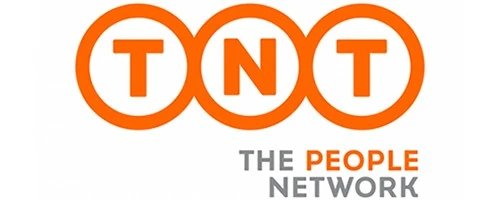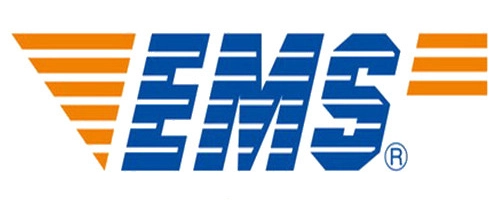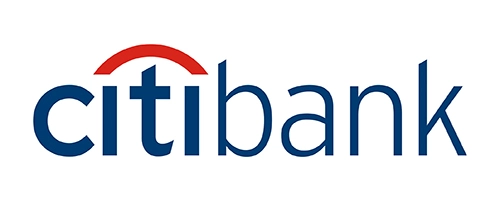- English
- Español
- Português
- русский
- Français
- 日本語
- Deutsch
- tiếng Việt
- Italiano
- Nederlands
- ภาษาไทย
- Polski
- 한국어
- Svenska
- magyar
- Malay
- বাংলা ভাষার
- Dansk
- Suomi
- हिन्दी
- Pilipino
- Türkçe
- Gaeilge
- العربية
- Indonesia
- Norsk
- تمل
- český
- ελληνικά
- український
- Javanese
- فارسی
- தமிழ்
- తెలుగు
- नेपाली
- Burmese
- български
- ລາວ
- Latine
- Қазақша
- Euskal
- Azərbaycan
- Slovenský jazyk
- Македонски
- Lietuvos
- Eesti Keel
- Română
- Slovenski
- मराठी
- Srpski језик
PCBA処理における顧客のフィードバックと異議の問題を解決する方法
2025-04-26
During the PCBA (Printed Circuit Board Assembly) processing process, customer feedback and dispute issues are important challenges faced by enterprises. Timely and effective resolution of these issues can not only improve customer satisfaction, but also maintain the company's reputation and market competitiveness. This article will explore how to solve customer feedback and dispute issues in PCBA processing and provide some practical strategies.

I. Actively receive and handle customer feedback
1. Establish feedback channels: Enterprises should establish multiple customer feedback channels, such as customer service hotlines, emails, online feedback forms, etc. Ensure that customers can easily provide feedback and that enterprises can understand and handle problems in a timely manner.
2. Timely response to feedback: After receiving customer feedback, respond as soon as possible. Whether it is a product quality issue or a service attitude issue, a quick response can effectively alleviate customer dissatisfaction and demonstrate the company's responsibility and professionalism.
3. Detailed records and analysis: Detailed records of each customer feedback, including problem description, occurrence time, processing process and final solution. By analyzing these data, enterprises can identify common problems, optimize production and service processes, and reduce the occurrence of similar problems.
4. Provide solutions: For the problems reported by customers, enterprises should provide practical solutions. Whether it is return, repair or compensation, the solution should meet the reasonable expectations of customers and remain transparent and fair in actual operation.
II. Prevent and resolve disputes
1. Clarify contract terms: In PCBA processing projects, clarifying contract terms and conditions is the first step to prevent disputes. The contract should list product specifications, delivery time, quality standards and after-sales service in detail to avoid disputes caused by unclear terms.
2. Establish a quality control system: Reduce the occurrence of product quality problems by implementing a strict quality control system. This includes incoming material inspection, production process monitoring and final product testing to ensure that each batch of products meets customer requirements.
3. Conduct regular communication: Maintain regular communication with customers to understand their needs and expectations. During the project execution, regularly update the project progress to ensure that customers have a clear understanding of the production situation and delivery time. Timely communication can effectively avoid disputes caused by information asymmetry.
4. Steps to deal with disputes: Once a dispute occurs, the company should follow the following steps to deal with it:
Identification of problems: clarify the specific issues of the dispute, understand the customer's demands and differences.
Investigation and evidence collection: collect relevant evidence and data, and analyze the root causes of the dispute.
Negotiation and resolution: communicate and negotiate with customers to explore solutions. Both parties should reach an agreement based on the principles of fairness and justice.
Written confirmation: Confirm the solution reached in writing to ensure that both parties agree on the solution and it is legally binding.
Follow-up feedback: After resolving the dispute, track customer feedback to ensure that the problem is thoroughly resolved and the customer is satisfied.
5. Introduce third-party mediation: If the two parties cannot reach an agreement in dispute resolution, consider introducing a third-party mediation agency. Third-party mediation can provide professional opinions and suggestions, which will help to resolve disputes fairly.
III. Measures to improve customer satisfaction
1. Optimize production and service processes: Improve product quality and service levels by continuously improving production processes and service processes. Regularly train employees to enhance their professional skills and service awareness to ensure that customers get a high-quality experience.
2. Establish a customer relationship management (CRM) system: Use the CRM system to manage customer information and historical records, provide personalized services, and enhance customer stickiness. Through data analysis, customer needs can be identified and targeted service strategies can be developed.
3. Actively solicit customer opinions: After the project is completed, actively solicit customer opinions and suggestions to understand customer satisfaction and improvement suggestions. This helps to promptly discover and solve potential problems and improve customer overall satisfaction.
Conclusion
Solving customer feedback and dispute issues in PCBA processing is an important part of improving customer satisfaction and maintaining corporate reputation. By actively receiving and processing customer feedback, preventing and resolving disputes, and improving customer satisfaction, companies can better respond to customer problems, improve service quality and competitiveness. Looking to the future, companies should continuously optimize their management systems, maintain good customer relationships, and ensure that they maintain a competitive advantage in the market.
-
Delivery Service






-
Payment Options









